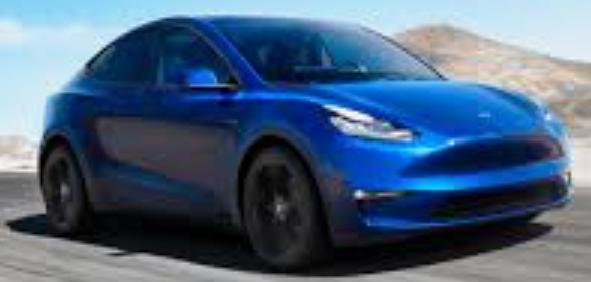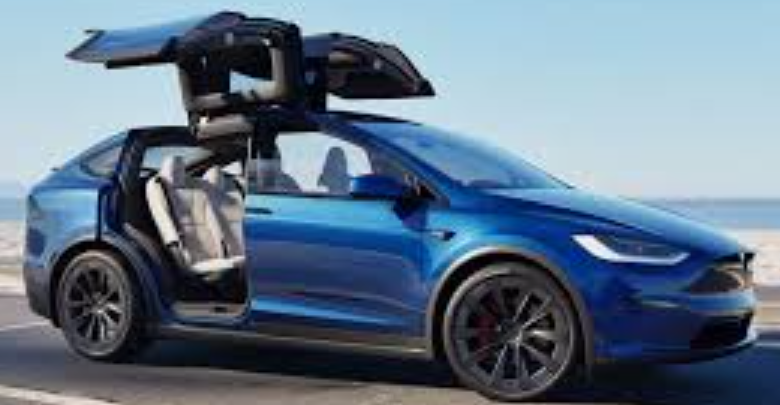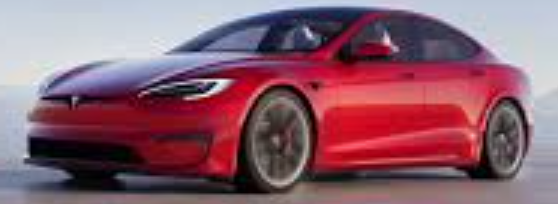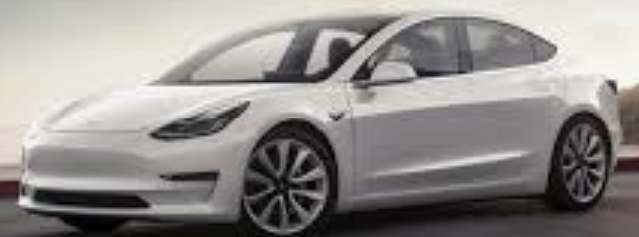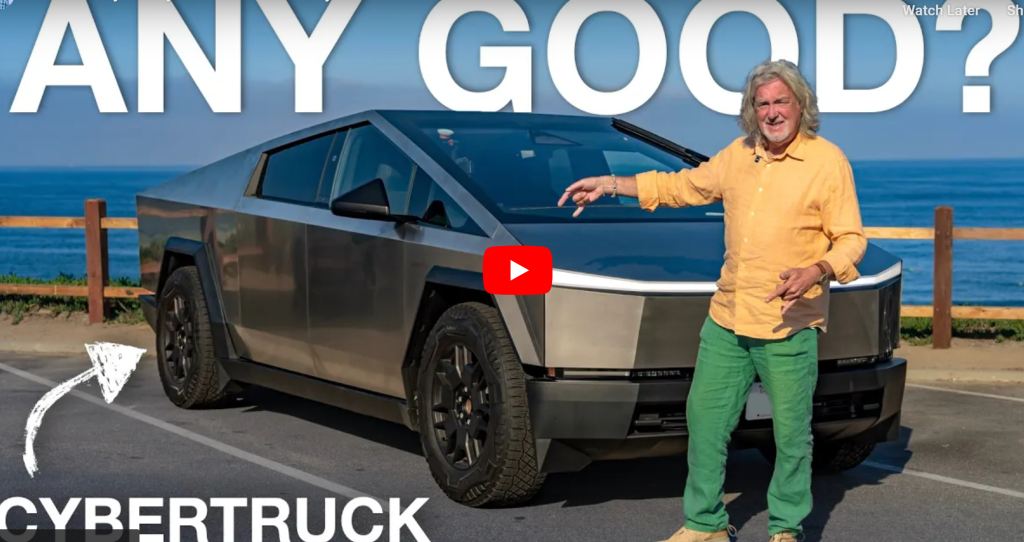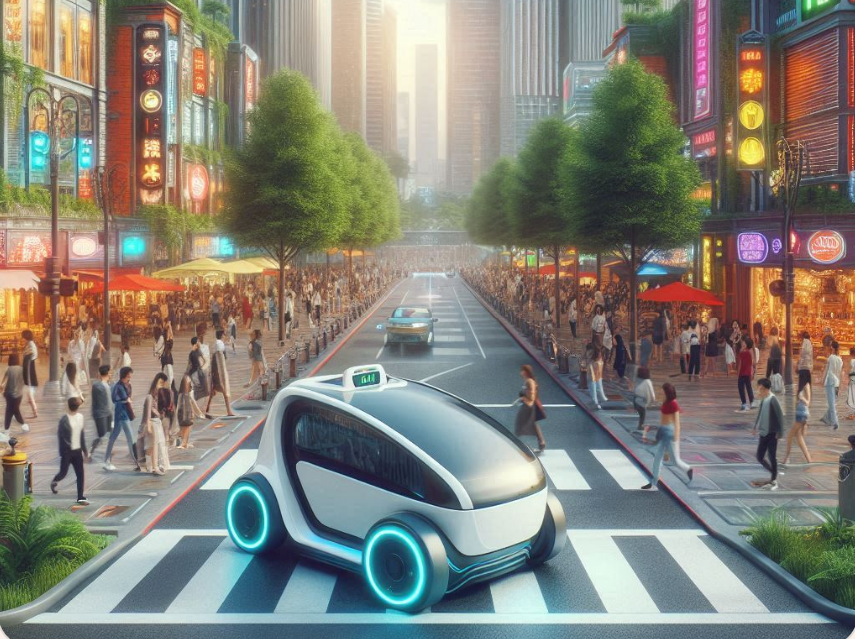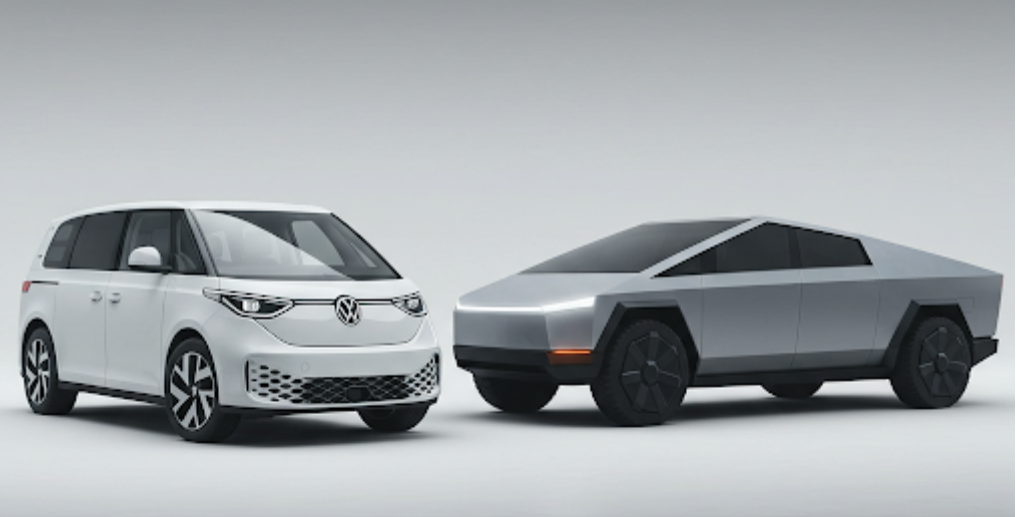Tesla Cybertruck
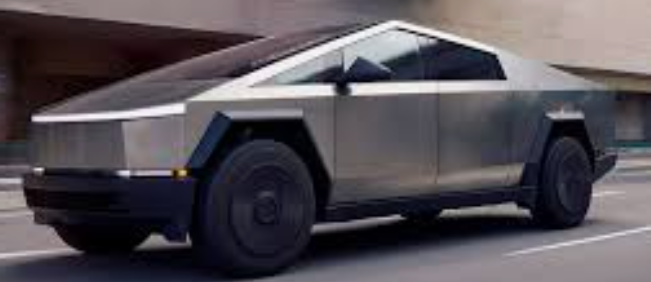
1. Body Style and Size Segment
The Cybertruck is a full-size electric pickup truck. Its distinctive exterior is characterized by sharp angles and a stainless-steel exoskeleton. Dimensions are approximately 223.7 inches (5682 mm) long, 80 inches (2032 mm) wide, and 69.1 inches (1755 mm) tall.
2. Platform Architecture, Voltage, Range & Efficiency
Built on a new platform, the Cybertruck utilizes an 800V charging architecture for faster charging and a 48V low-voltage system for increased efficiency. Range estimates vary by trim, with the All-Wheel Drive model offering around 325 miles and the Cyberbeast around 320 miles.
3. Technical Capabilities
Standard features include an 18.5-inch central touchscreen and a 9.4-inch rear touchscreen. Driver assistance relies on Tesla’s Autopilot and optional Full Self-Driving (Supervised), encompassing features like Traffic-Aware Cruise Control, Autosteer, and Autopark. The truck also boasts steer-by-wire technology.
4. Interior Quality, Storage Capacity (Front & Rear)
The interior offers ample passenger space, though some reports note variable material quality. Storage includes a 6-foot by 4-foot bed with 67 cubic feet (1889 L) of cargo space and a powered front trunk (frunk) with a 441 lbs (200 kg) capacity. An under-bed compartment holds up to 220 lbs (100 kg).
5. App Functionality
The Tesla mobile app provides extensive control, allowing users to lock/unlock, control climate, monitor charging, open the frunk/tailgate, view vehicle location and range, and activate features like Sentry Mode and Powershare, which can power external devices and even homes.
6. 3 Pros and 3 Cons
Pros: Unique design and attention-grabbing, rapid acceleration and strong towing capacity (up to 11,000 lbs), advanced software and app integration. Cons: Polarizing design may not appeal to all, reported inconsistent build quality/panel gaps, large size can make parking and maneuverability challenging in urban environments.
7. Overall Summary
The 2025 Tesla Cybertruck distinguishes itself with its radical design and advanced electric truck capabilities. While it offers impressive performance, range, and integrated technology, its polarizing aesthetics and reported build quality issues set it apart from more traditional electric pickup competitors like the Ford F-150 Lightning and Chevrolet Silverado EV, which often emphasize conventional utility and established brand reliability.
Real world range estimates
The table below shows some estimated real-world examples in perfect condition and in conditions needing A/C to heat or cool vehicles. See our range guide to see how the range is affected in real world. )
| Range | Consumption | |
|---|---|---|
| 90kmh/56mph perfect condition | 471 km / 293 mi | 26 kWh/100km / 2.4 mi/kWh |
| 90kmh/56mph with 2KW heating | 443 km / 270 mi | 28.2 kWh/100km / 2.2 mi/kWh |
| 70mph/112kmh perfect condition | 408 km / 254 mi | 30 kWh/100km / 2.1 mi/kWh |
| 70mph/112kmh with 2KW heating | 385 km / 239mi | 31.8 kWh/100km / 2.0 mi/kWh |
| 120kmh/75mph perfect condition | 383 km / 238 mi | 32 kWh/100km / 1.9 mi/kWh |
| 120kmh/75mph with 2KW heating | 364 km / 226 mi | 33.7 kWh/100km / 1.8 mi/kWh |

